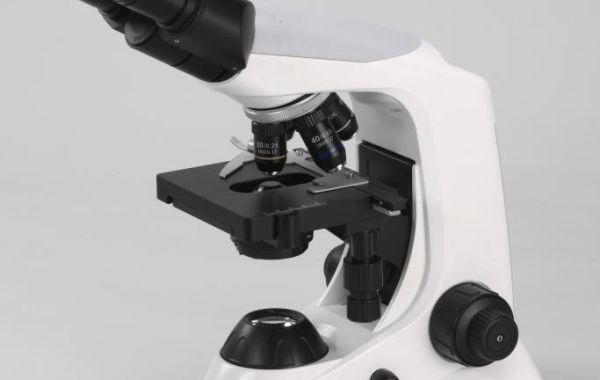There are several factors to consider when choosing between a biological microscope and a stereo microscope. Here are some of the most important factors:
The size of the specimen: Biological microscopes are best for viewing small, delicate specimens, such as cells and tissues. Stereo microscopes are best for viewing larger, more rugged specimens, such as insects and rocks.
The magnification required: Biological microscopes typically have a magnification range of 40x to 1,000x. The magnification is accomplished by using a number of lenses that magnify the image of the specimen. The objective lenses are found on the nosepiece of the microscope and are labeled with their magnification power. The eyepieces are also labeled with their respective magnification powers. The total magnification is the product of these two. Biological microscopes have a much higher magnification than stereo microscopes.
The working distance: The distance between the specimen and the objective lens is known as the working distance. A biological microscope's working distance—the distance between the objective lens and the specimen—is extremely small. A biological microscope typically has a working distance of 2 to 10 millimeters. This means that a biological microscope can only be used to view small specimens. The working distance, or the distance between the objective lens and the specimen, is significantly greater for stereo microscopes. A stereo microscope's usual operating distance is between 40 and 200 millimeters. This implies that bigger specimens can be seen with a stereo microscope.
The type of illumination: Biological microscopes use transmitted light to illuminate the specimen. This means that the light passes through the specimen and is then magnified by the objective lens. Stereo microscopes use reflected light to illuminate the specimen. This means that the light bounces off of the specimen and is then magnified by the objective lens.
The applications: Biological microscopes are used in biology, medicine, and forensics. Stereo microscopes are used in industrial inspection, quality control, and jewelry making.
The budget: Biological microscopes are typically more expensive than stereo microscopes.
It is important to choose the right microscope for your needs. Chongqing Scope Instrument Co., Ltd. has professional machines, technology and service. If you want more information, please click here.






